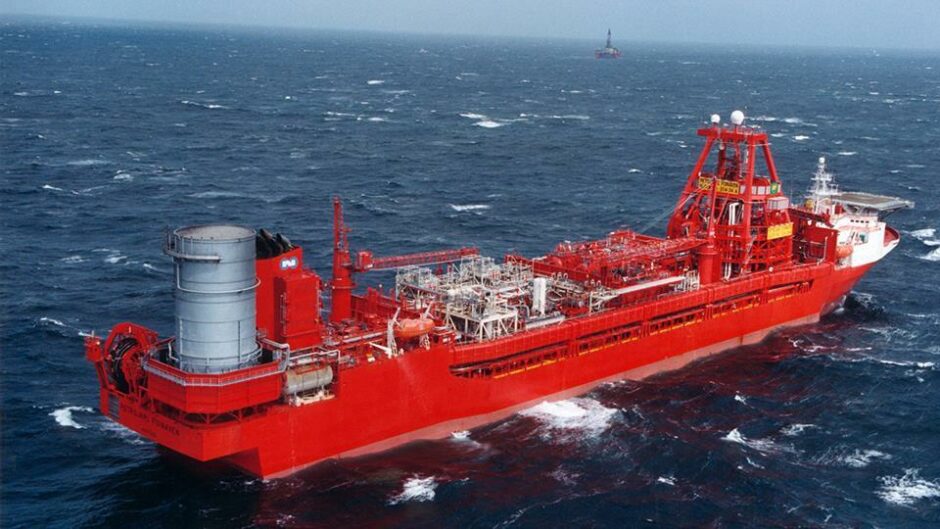
BP has insisted the Foinaven FPSO is being removed in a ‘controlled’ manner after a news article alleged it planned to dump “industrial waste” in a protected area.
The London-listed oil giant (LON: BP) has defended its change of approach to removing the vessel, which it says has been brought about as a result of “safety considerations”.
In a report released on Wednesday, the Guardian newspaper claimed to have seen “confidential documents” showing BP sought approval to dump “industrial waste” at the West of Shetland field.
It alleges the company wants to shell 14 pipes and control cables on the Faroe-Shetland sponge belt, a legally protected marine wildlife zone.
According to the newspaper, BP started dropping kit four days ago after decommissioning regulator OPRED gave it the green light to do so.
Foinaven
Work is currently ongoing to unhook the Petrojarl Foinaven, which has 12 risers, from the namesake BP oilfield, about 120 miles west of Shetland.
The Teekay-owned FPSO is due to head off to the Hunterston terminal on the Firth of Clyde, around 35 miles from Glasgow, next month.
Usually, the risers, which connect the FPSO to the wellhead, are removed and lowered gently to the seabed.
But the Guardian alleges that BP is simply disconnecting and dropping the cables, leaving them to fall dozens of metres to the floor.
Doug Parr, chief scientist at Greenpeace UK, told the newspaper: “The only circumstances in which any company should contemplate dumping hardware on to the seabed in an uncontrolled manner would be to save lives in an emergency. The fact that BP is proposing to do this simply out of expediency is hard to defend.”
BP committed to recovering risers
BP however has defended the move, and says the change of approach was taken in the interest of safety, with the favourable summer weather window rapidly running out.
It is also understood the company has permission to disconnect the risers via a range of options, and that the landing area of the kit is predicted.
A spokeswoman for the company said: “The Petrojarl Foinaven floating, production, storage, offload (FPSO) vessel has reached the end of its design life and will be decommissioned.
“Our plans to recover and dispose of the Foinaven risers, and our commitments to minimise impact on the environment as part of our decommissioning process, remain unchanged.
“Solely due to safety considerations, our proposed method of disconnecting the risers has changed, but our plans to recover and dispose of the risers have not. However, it will still be done in a controlled and sequenced manner.”
The sponge belt
The Faroe-Shetland Sponge Belt Nature Conservation Marine Protected Area was previously flagged as being at risk due to the Cambo development.
The wildlife zone covers an area of approximately 5,278 km2 and is home to deep sea sponges and 400-year-old clams.
A source close to the matter said operation to disconnect Foinavon is estimated to, in a worst case scenario, result in up to 0.067km2 of seabed disturbance, about 0.003% of the total area.

 © Supplied by Teekay
© Supplied by Teekay